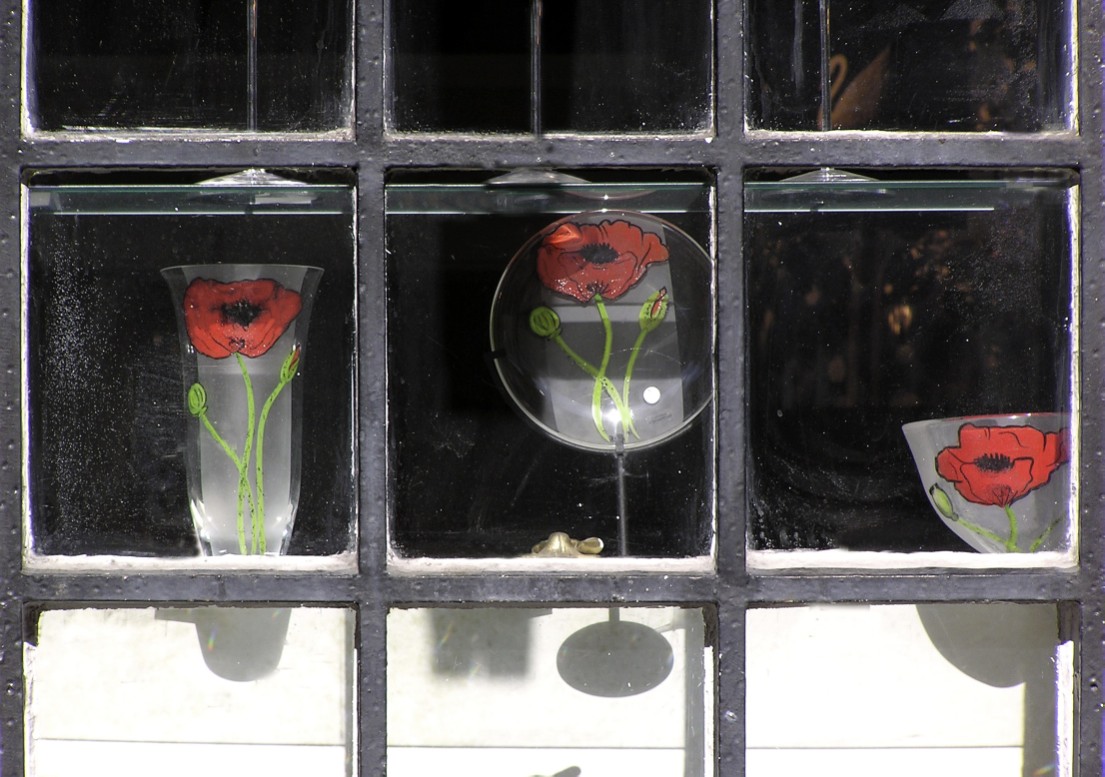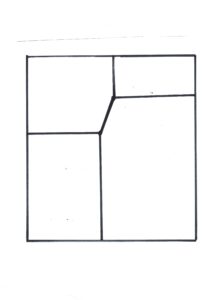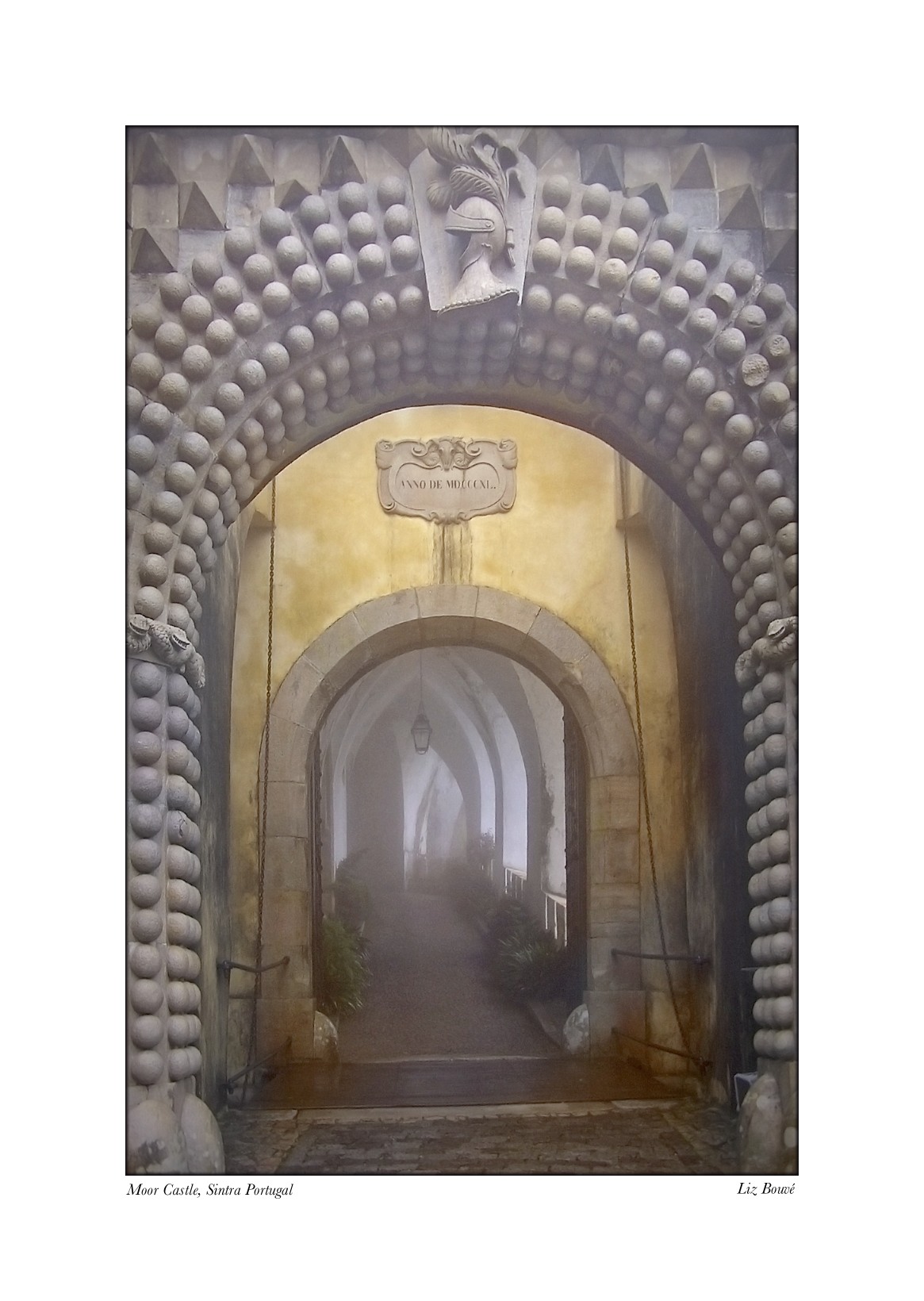
I will begin with the scenario that has been assumed by the psychodynamic theorists, such as Freud, Jung and Bion, to be most prevalent, namely a small public quadrant (One) and a very large and powerfully unconscious quadrant (Four).
Small Quad One/Large Quad Four
This is a very scary scenario for both parties in a relationship. It is as if the person with the small Quad One and large Quad Four is about to explode—there is so little exposed and so much that is not only unknown to either party, but so very much not under either party’s control.
 Unpredictability hangs in the air, filling both participants in the relationship with a pervasive feeling of apprehension, a profound sense of mistrust, and often a compelling desire to escape from this threatening relationship. Each party often blames the other and makes the basic error of attributing this undesirable relationship to an enduring flaw in the other person’s personality, rather than to some flaw in this particular relationship or to some destructive dynamic operating in the setting where this relationship is being enacted.
Unpredictability hangs in the air, filling both participants in the relationship with a pervasive feeling of apprehension, a profound sense of mistrust, and often a compelling desire to escape from this threatening relationship. Each party often blames the other and makes the basic error of attributing this undesirable relationship to an enduring flaw in the other person’s personality, rather than to some flaw in this particular relationship or to some destructive dynamic operating in the setting where this relationship is being enacted.
You will notice that the line between quad four and quad one is a bit heavier than the other lines. This portrays the strong barrier that often is set between these two quads. But the pressure is building. This barrier might not hold! The frightening nature of this condition is often exacerbated by several factors. First, the Freudians may be right in suggesting that a large Quad Four will inevitably lead to the leakage of some material into Quad Two. The Quad Four dam is filled to capacity. Some of its contents inevitably will spill over through slips of the tongue, nonverbal messages, inappropriate humor (often called “gallows” or “dark” humor), or other channels of interpersonal communication.
The recipient of this Quad Four material may themselves not be overtly aware that this material now resides in their own Quad Three (Hidden Self) and in the other person’s Quad Two (Opaque Self). However, they are aware that something is wrong and that a substantial amount of important information regarding this relationship is not being addressed by either party. The person who is “leaking” is also aware that something is wrong—but he doesn’t have a grasp of what is happening or how to “fix” the relationship.








